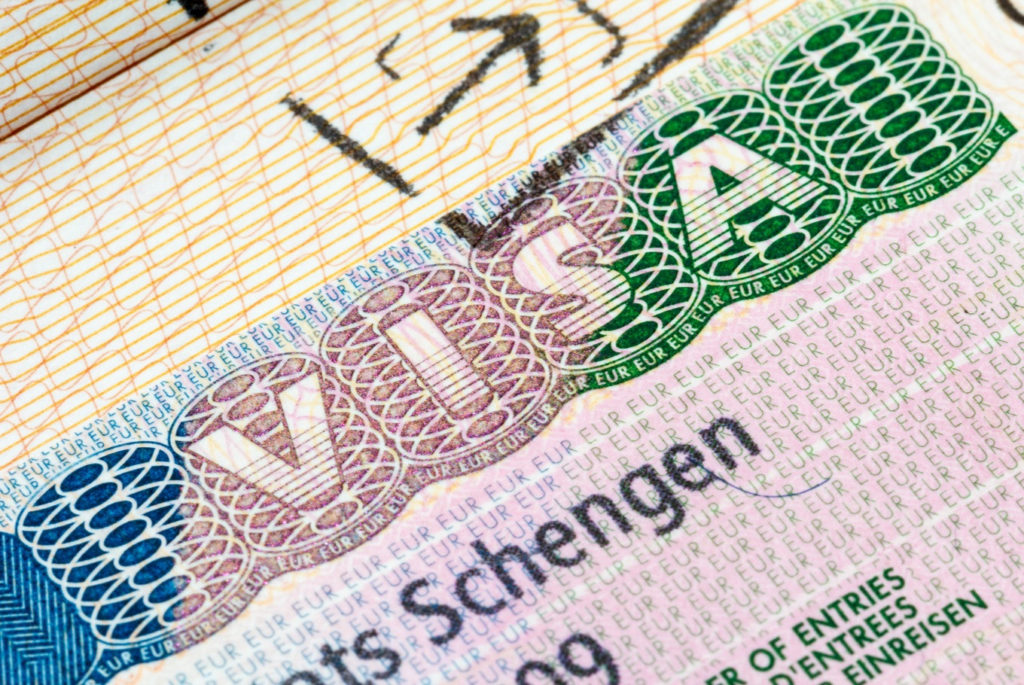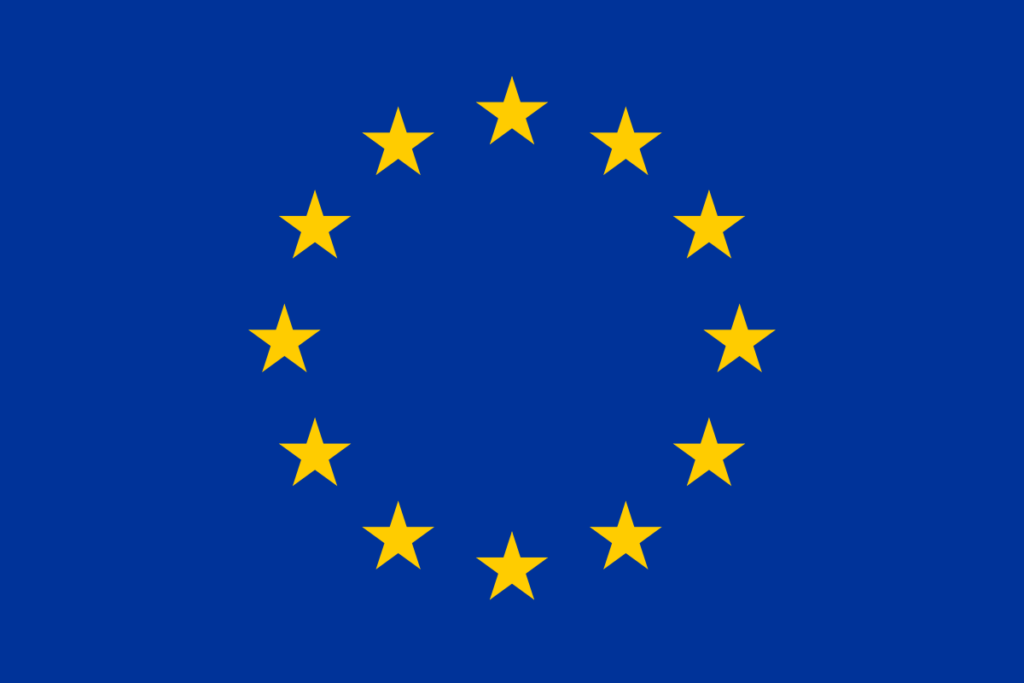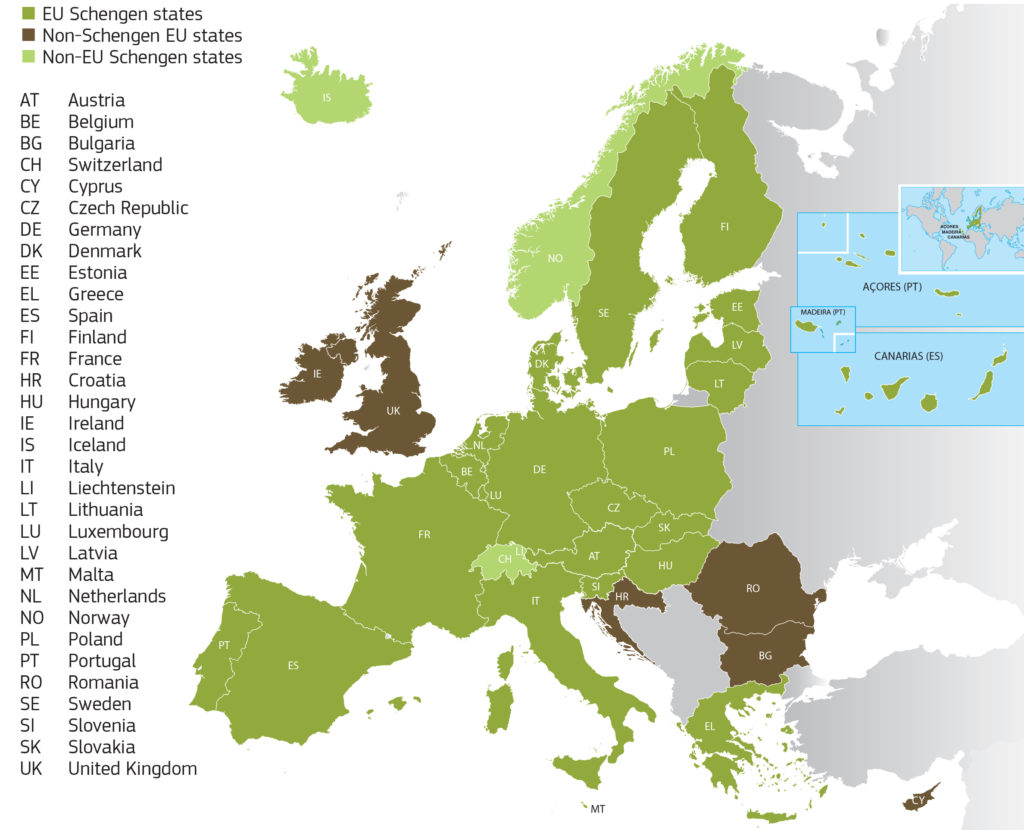
Have you finally gotten that opportunity to travel to Europe, and you are experiencing a bump from some Schengen visa requirements? Or are you simply just curious about what Schengen visa countries are? Either way, learning about Schengen countries would be a whole lot beneficial to you, especially if you are ready to visit Europe.
What Exactly Are Schengen Countries?

Schengen countries are a collection of European countries that have made it very easy for visitors to move freely across their countries by removing all restrictions. This ease of movement was achieved through the Schengen agreement, an agreement that ensured that all Schengen area countries drop all forms of border controls for easier movement of their people throughout the countries. In other words, all Schengen countries become a single area that will only require just a Schengen Visa to move from one country to the other.
This ease of movement from one country to another was made possible in a treaty in Schengen, a small winemaking town in Luxembourg, where a number of countries came together and agreed to eliminate all restrictions along their borders in order to allow free movement. These countries that made up came to be known as the Schengen area countries, and the territory comprising these countries was called the Schengen area.
How It All Happened

In 1985, a number of five European countries seeking to drop all restrictions along their borders came together and reached an agreement that was signed and became the Schengen agreement. These five countries were France, Luxembourg, West Germany, Belgium, and the Netherlands. As at the time of this treaty, these countries were members of the European Economic Community (EEC), which had 10 members then.
The treaty successfully achieved an agreement to eliminate security checks, which ensured that travelers could move across their borders with hassles and, most importantly, the countries reached a conclusion that border restrictions won’t apply to its member countries.
The founding countries were only five in 1985, and as the years passed by, the concept attracted many other countries. Today, there are 21 more countries and a number of other territories and micronations in the group. In 2011, Liechtenstein became the last country to become a member of Schengen countries.
The Schengen visa system is a major benefit of this unification. It has efficiently created a single state out of these countries where one can travel within all the Schengen member countries without owning all their visas. This visa system was introduced in 1995, and from it, visitors are free to travel within any of the countries insofar as you hold one.
While nearly all members of the Schengen countries make up the European Union, it has been easy for Schengen rules to become incorporated into the EU. To learn more about it, visit immigrationandmigration.com.
The Member Countries of the Schengen Group

There are 26 countries that currently make up this group. They are Austria, Hungary, Belgium, Denmark, Czech Republic, France, Estonia, Hungary, Finland, Greece, Germany, Italy, Iceland, Latvia, Lithuania, Luxembourg, Liechtenstein, Malta, Netherlands, Norway, Portugal, Poland, Slovakia, Slovenia, Spain, Switzerland, and Sweden.
Norway, Switzerland, Iceland, and Liechtenstein are four countries among the Schengen group that are not members of the European Union. These countries, officially, are known as the countries that are associated with the Schengen activities of the EU. And since they are not members of the EU, whenever the EU makes decisions, they are only obliged to accept the decisions. Out of these non-European Union members, Iceland and Norway belong to the Nordic Passport Union.
Also, there are other areas that have become members of the Schengen group. They are the three European micronations like Monaco, the Vatican City, and San Marino, as well as the Caribbean Islands that belong to France. These places either observe open or semi-open borders for visitors. While the United Kingdom and Ireland, though haven withdrawn from the group, still keep the systematic obligations that cover the Schengen area just like other European Union.
However, there are particular members of the EU who are potential members of the Schengen group. These are Bulgaria, Croatia, Cyprus, and Romania. While these countries are clearly interested in belonging to the group, they haven’t yet been recognized for some reason. The key hindrances range from the regional to the political problems that these countries are yet to resolve. For example, there is still an ongoing illegal migrant in Cyprus.
Yet becoming a full member of the Schengen group doesn’t come easily as an interesting country needs to meet certain requirements.

One is to prove that they are capable of managing their country’s external borders and also use the Schengen visa information system. The requirements also include the interested countries showing that they can cooperate with other Schengen member nations, show that they are capable of respecting the Schengen rules, and, finally, sustain a maximum level of security at their borders.
Interestingly, there are some territories that are observing the Schengen rules but are not its member states. States like Azores, Guadeloupe, and Madeira are European countries but are not yet part of the Schengen group. However, these states are encouraged to join. The requirements to becoming Schengen member states are based on their security at air borders, visas, police cooperation, and personal data protection of these countries. Immediately these obligations are met; they can once be incorporated into the Schengen group.
So, hopefully, this information has helped clear your initial misunderstanding of the area. Now upon learning all of this about Schengen countries and the benefit, the visa system holds for you. You must certainly be itching to make your Europe trip, and Schengen visa promises to make this come true and even more splendidly. Europe is a really great place to be with all her majestic history, enthralling beauty, cultures, and sophistication; you really do not have to restrict yourself to one country only when you have got the opportunity to see practically all of the outstanding continent through the free movement that comes with the Schengen visa.











